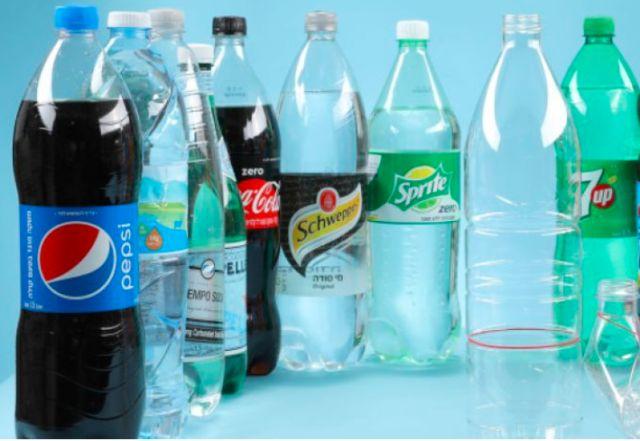Europe saw a plastic bottle recycling rate of 46 percent a rise of two percent on the rate in 2018. This is a marginal improvement, but less than half of the bottles put into the market are recycled.
Europe is falling behind on its race to meet the European Union (EU) target of 90 percent collection of plastic bottles by 2030, according to new research by ICIS.
“Given that PET is one of the most recyclable polymers in the market and the recycling infrastructure is more mature than other polymers, the question remains as to why this is not advancing to higher recycling rates,” Helen McGeough, senior analyst of Plastic Recycling at ICIS said.
This reflects issues facing the sector in terms of a collection and sorting infrastructure managed principally by national governments that have not invested in systems to manage the proliferation in waste composition and consequently can produce poor quality recyclables. The recycling sector inherits materials with reducing yields while end-users demand even higher quality R-PET output.
Collection volumes of post-consumer PET bottles reached 2.2m tons in 2019, an increase of five percent on 2018, which is the highest growth rate in several years. The overall collection rate across the region increased just one per cent to 64 percent in 2019, so over a third of post-consumer bottles remain uncollected.
The PET recycling industry responded to the boom in demand for R-PET supply during 2018 by increasing its capacity by 11 percent. Deposit return scheme (DRS) bales represented 31.6 percent of the total supply compared to 33 percent in 2017.
The average yield across the region was 69.5 percent in 2019, down from 71 percent in 2018.
The key drivers to the R-PET market are brand pledges and legislation, mainly the SUP Directive which mandates the use of recycled content in bottles, pushing the supply increasingly towards the bottle market.
The bottle industry must achieve 25 percent recycled content in PET bottles by 2025 (under SUP Directive), and the study shows growth in the R-PET penetration of the food contact bottle market at 14.5 percent, rising from 10.7 percent in 2018. This is over 10 percent below the mandated target and way below the ambitions of influential brands going way beyond these levels, up to 100 percent for segments of their portfolios.
The ICIS report showed that the share of R-PET supply absorbed by the food contact bottle market rose to 32 percent in 2019 compared with 25 percent in 2018, reflecting this trend and pull through the supply chain from significant beverage brands ambition to offer more sustainable packaging for their product.

